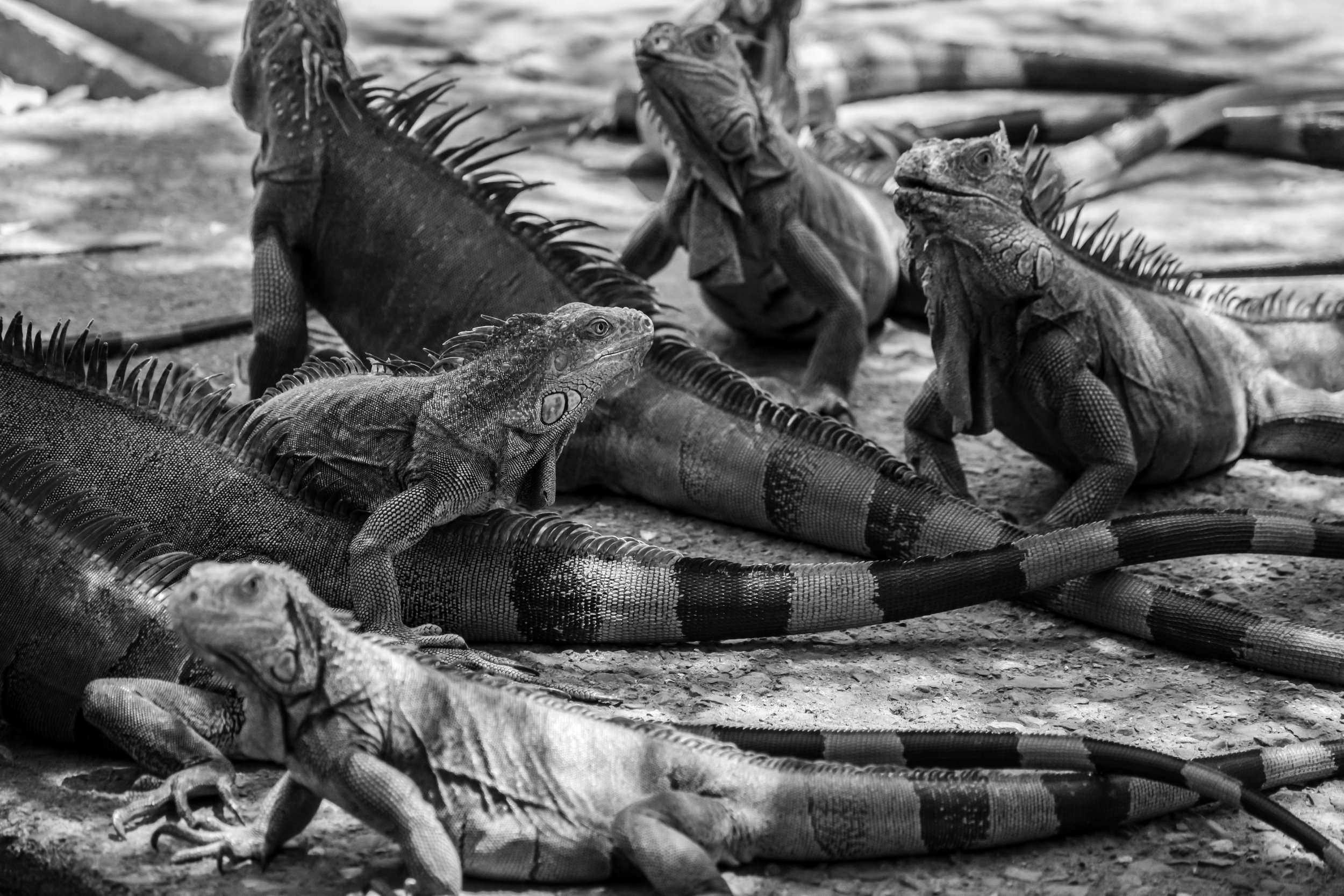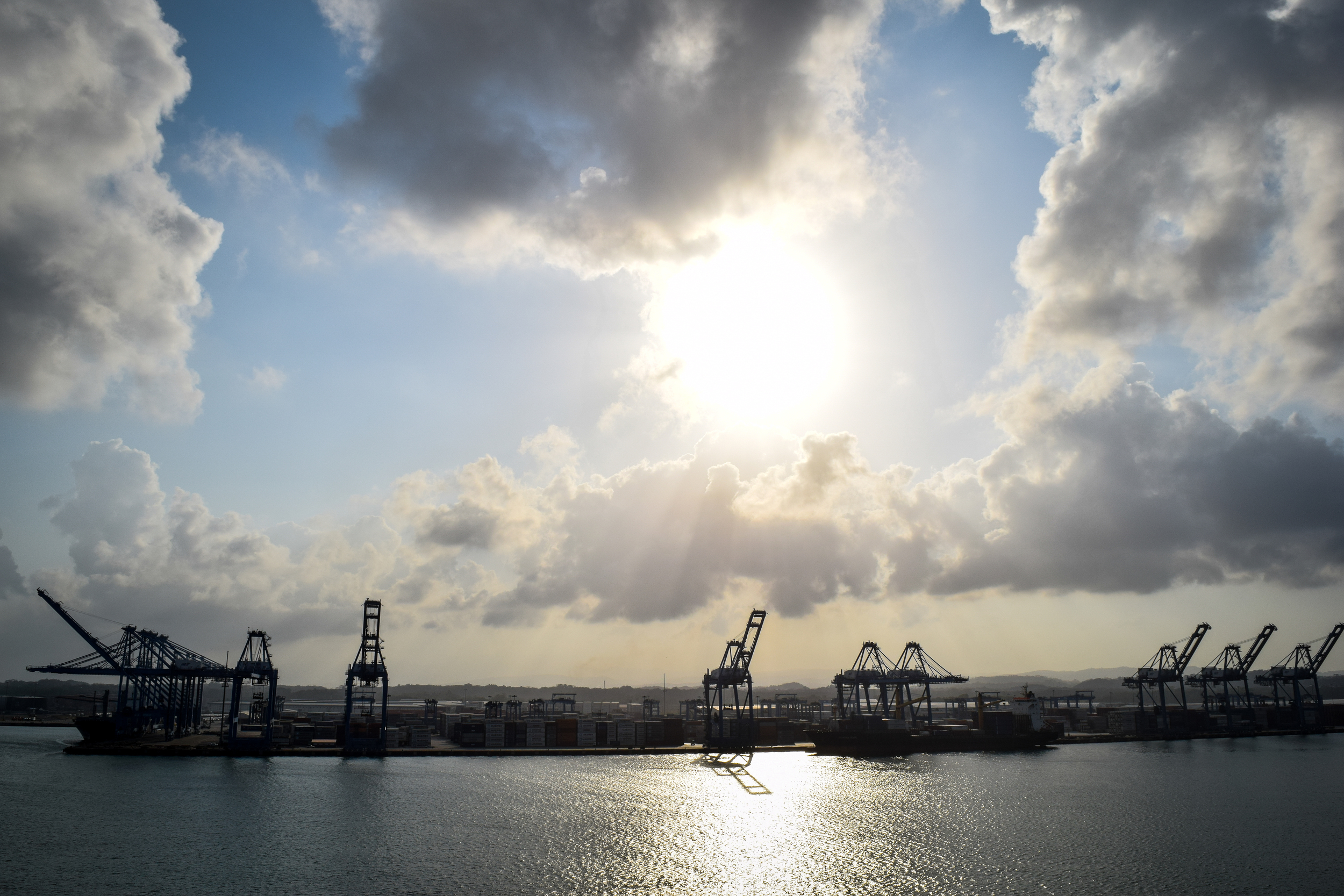Stairs, Stairs, and more Stairs in Machu Picchu
After disembarking their cruise ship in Salaverry, my parents flew to Cusco and boarded a PeruRail train that wound its way through the Peruvian countryside towards Aguas Calientes (also known as Machu Picchu Town).
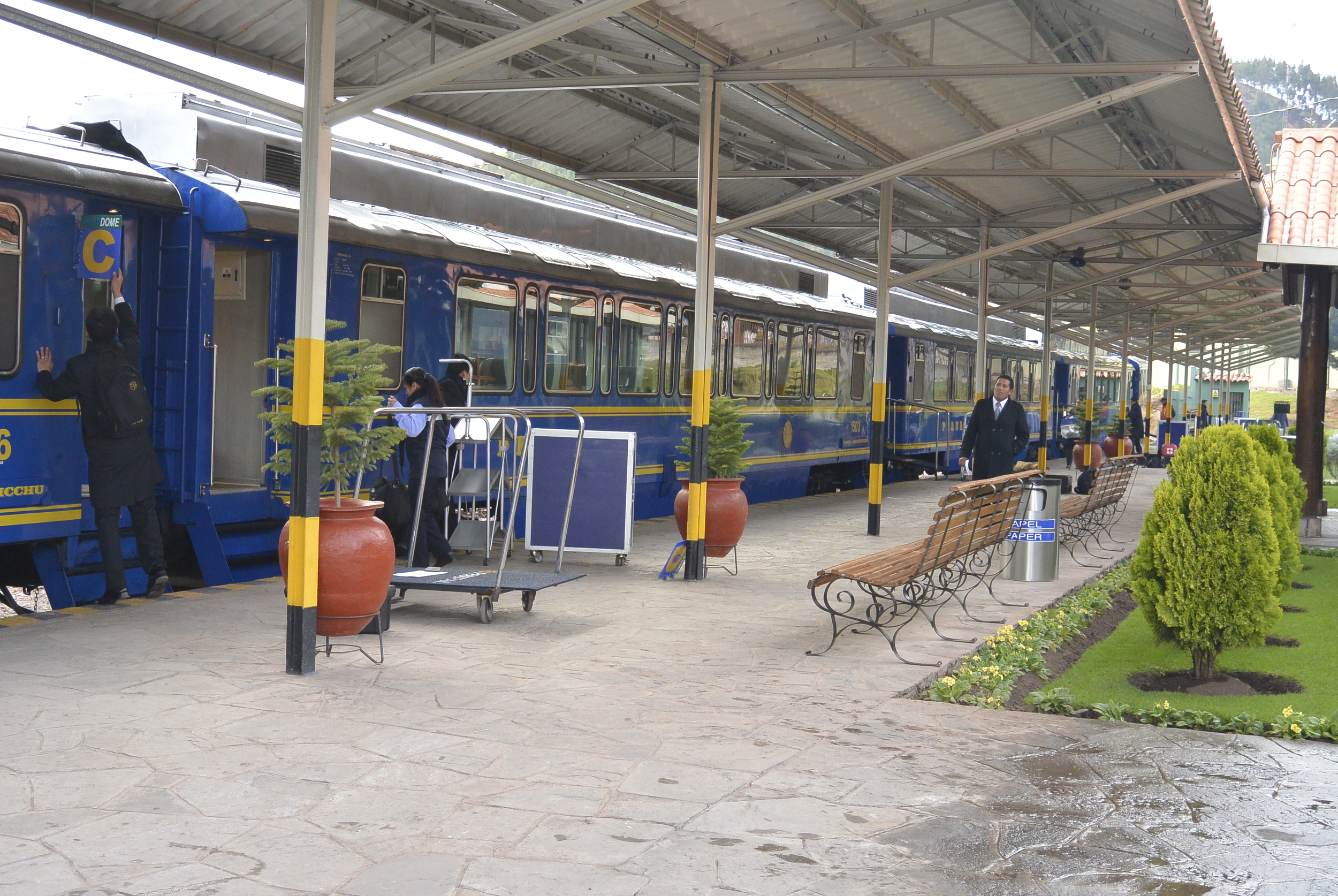
The train offers excellent service and is perfect for observing the scenery go by because of the Vistadome, which has windows on the sides and top of the train cars. PeruRail also has service to Lake Titicaca.


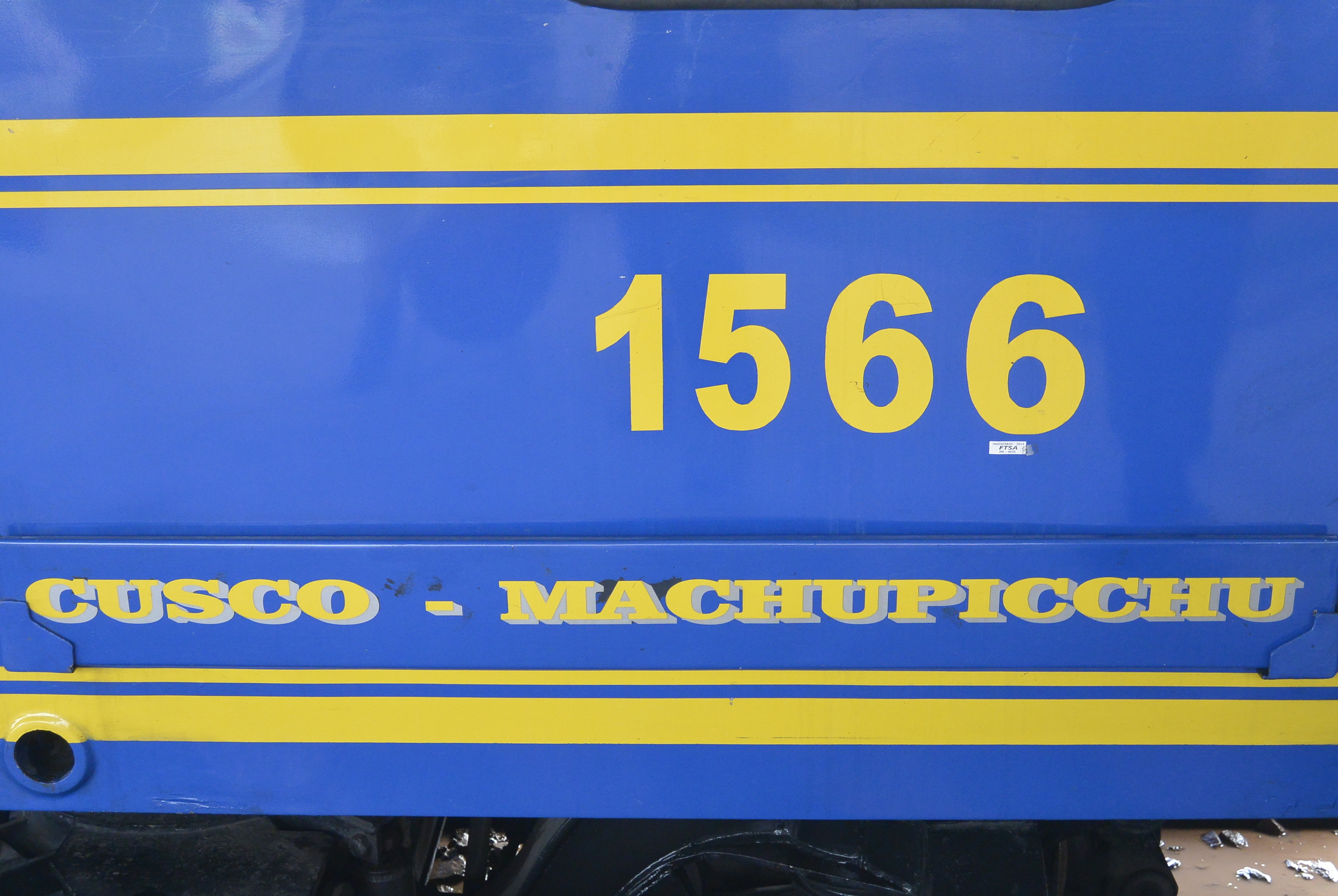
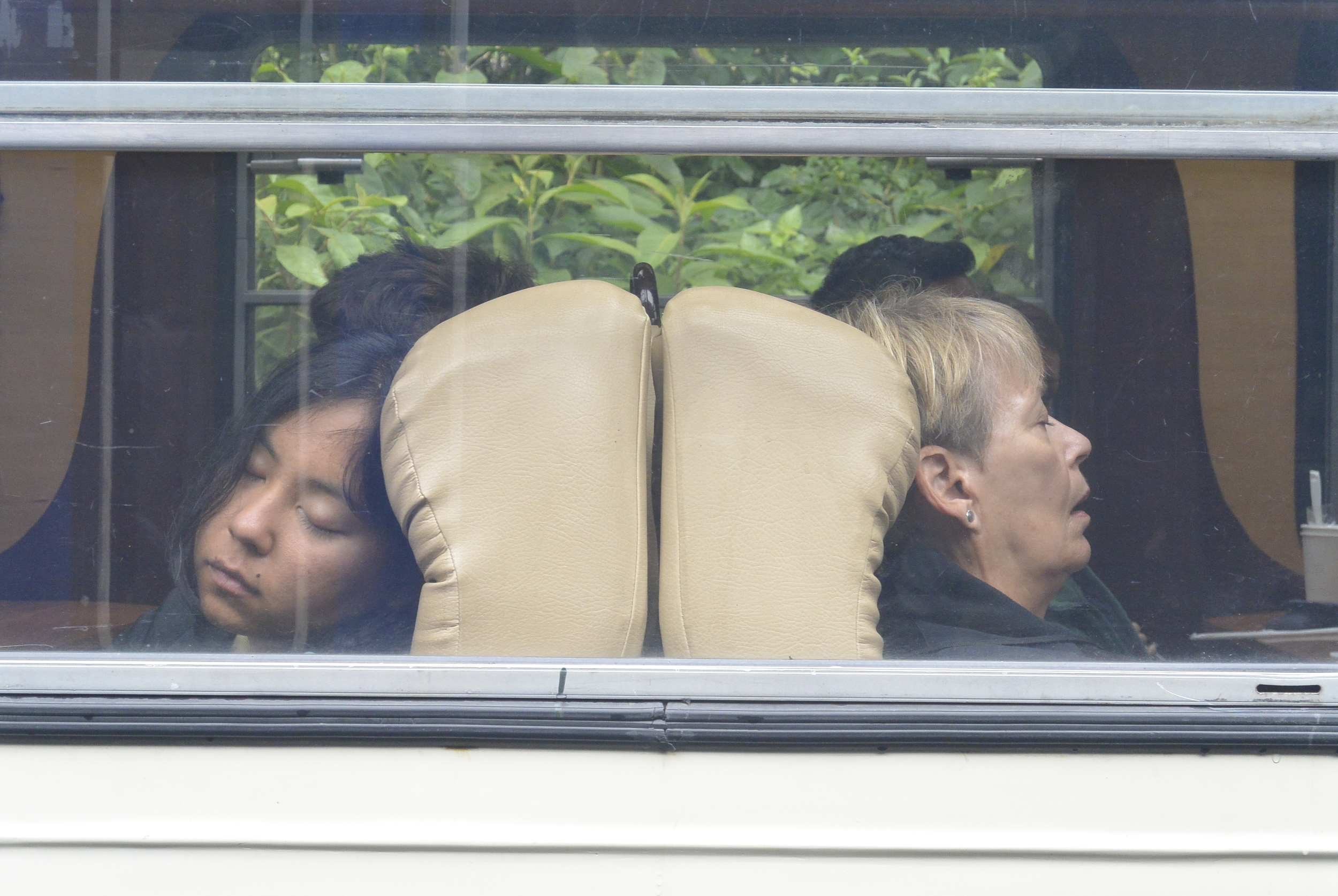
More adventurous tourists with extra time choose to hike the historic Inca Trail (over 80km long) from Cusco to Machu Picchu. To preserve the route only 500 permits to hike the trail (approximately 200 of these are for tourists) are available for purchase each day.
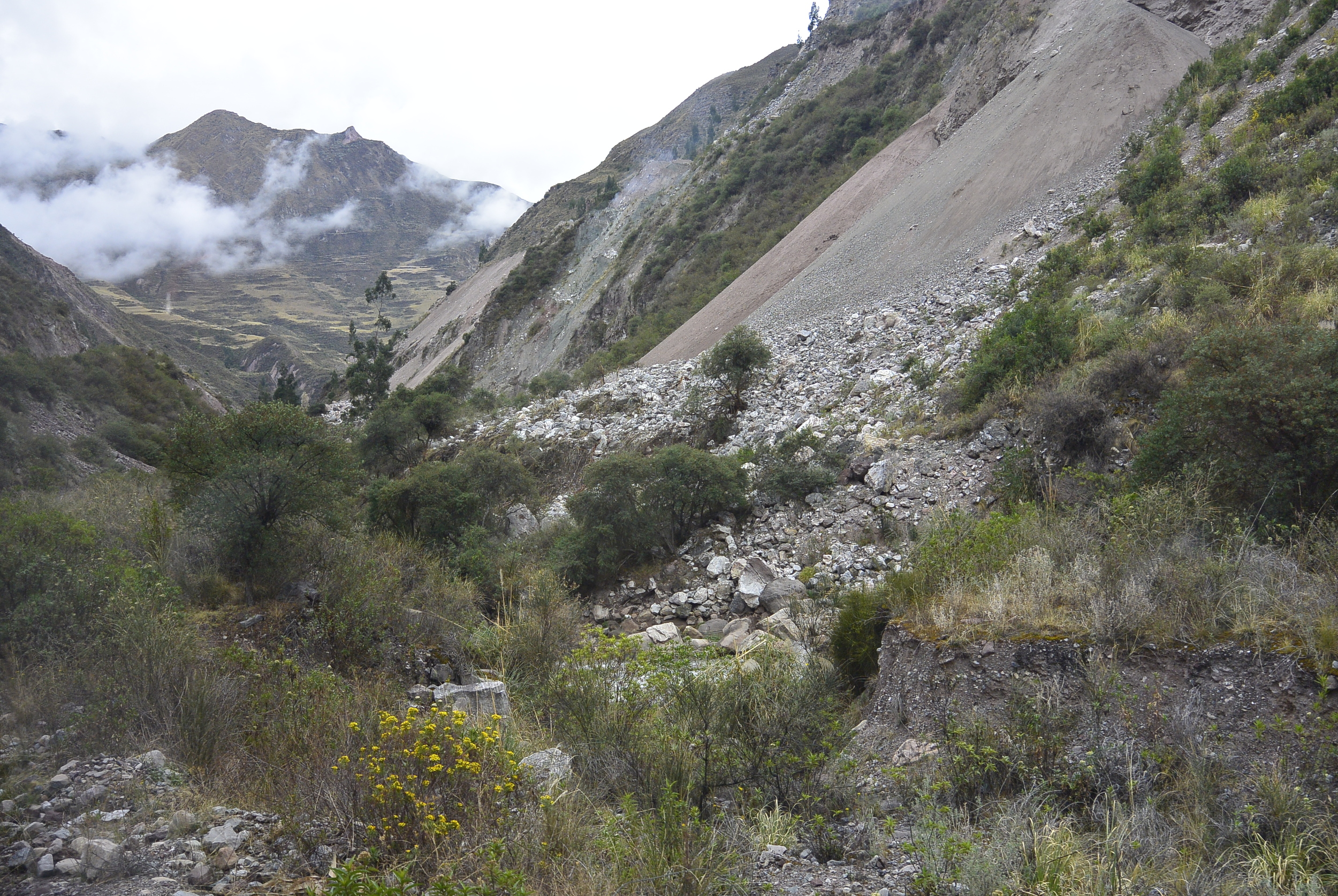

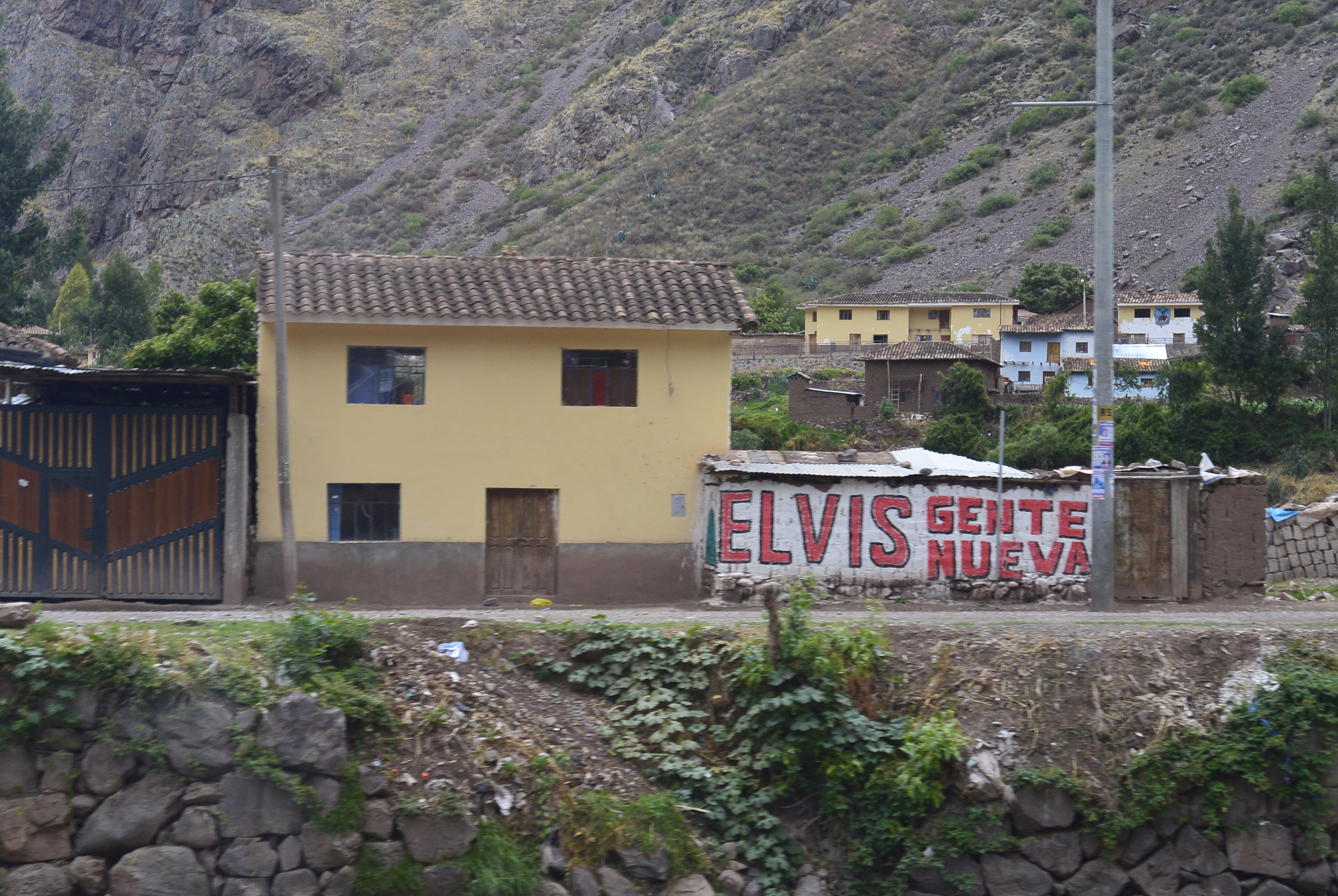
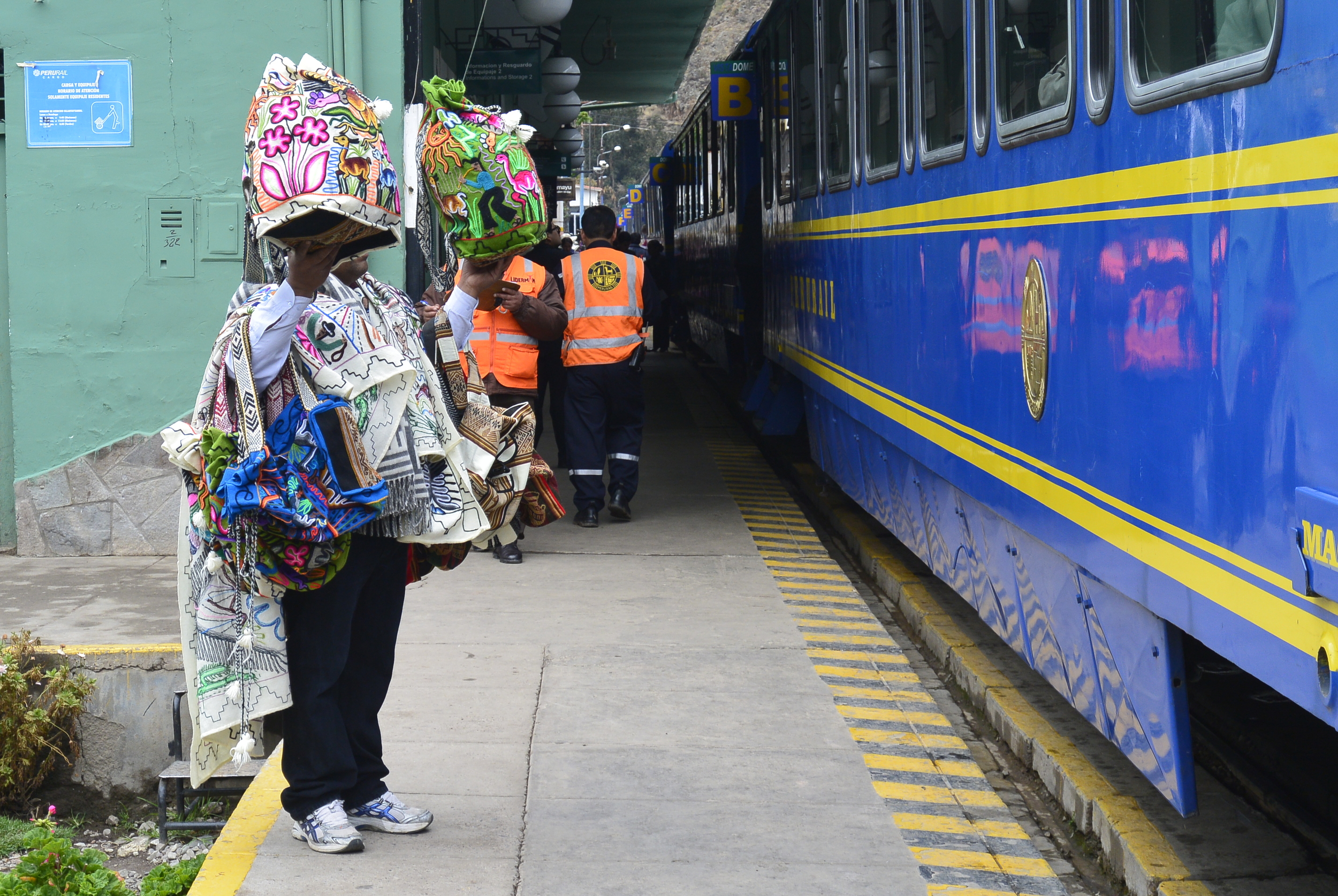
Aguas Calientes (translation: hot water) is the closest access point to visit Machu Picchu. The town got its Spanish name from the natural hot springs in the area.
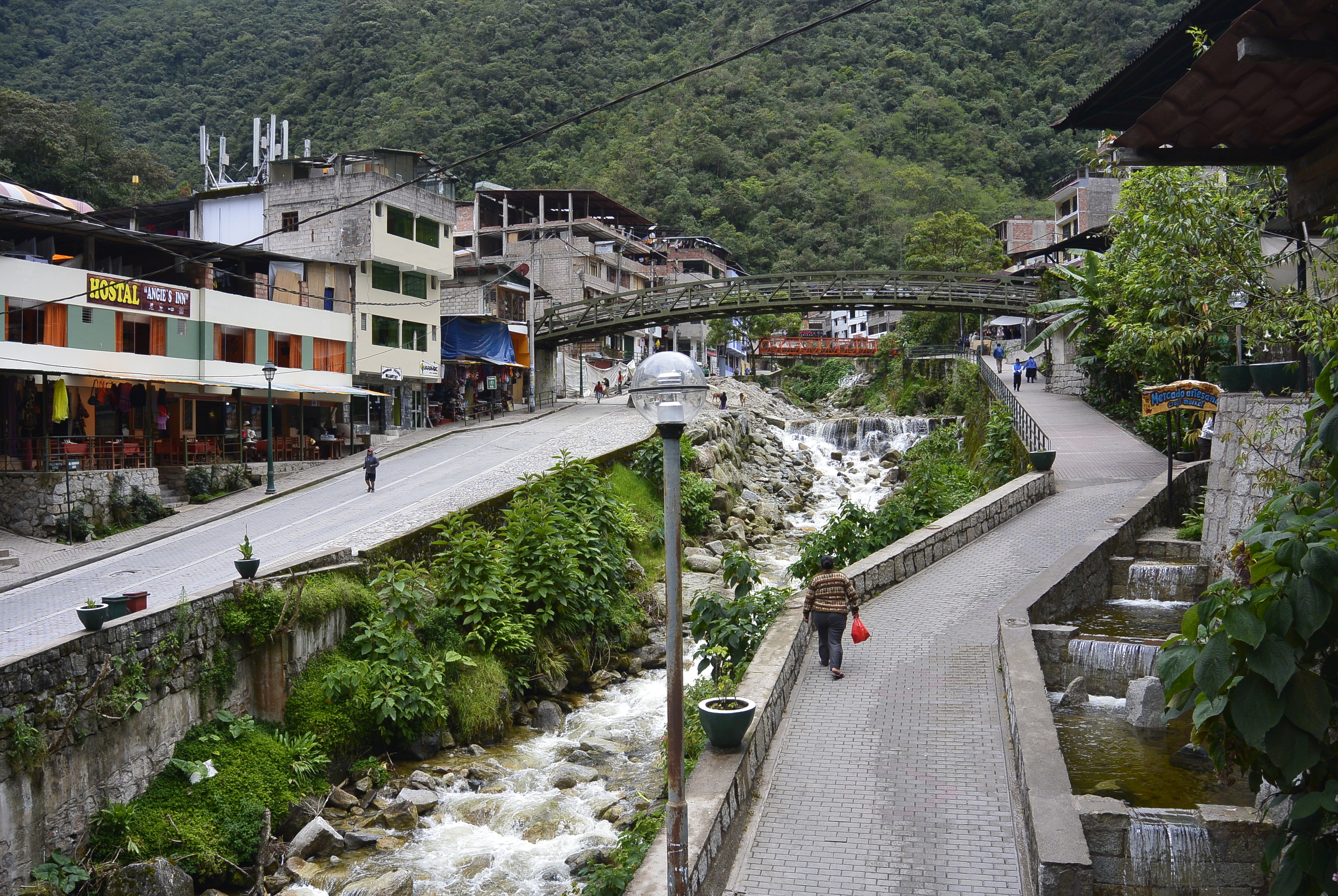
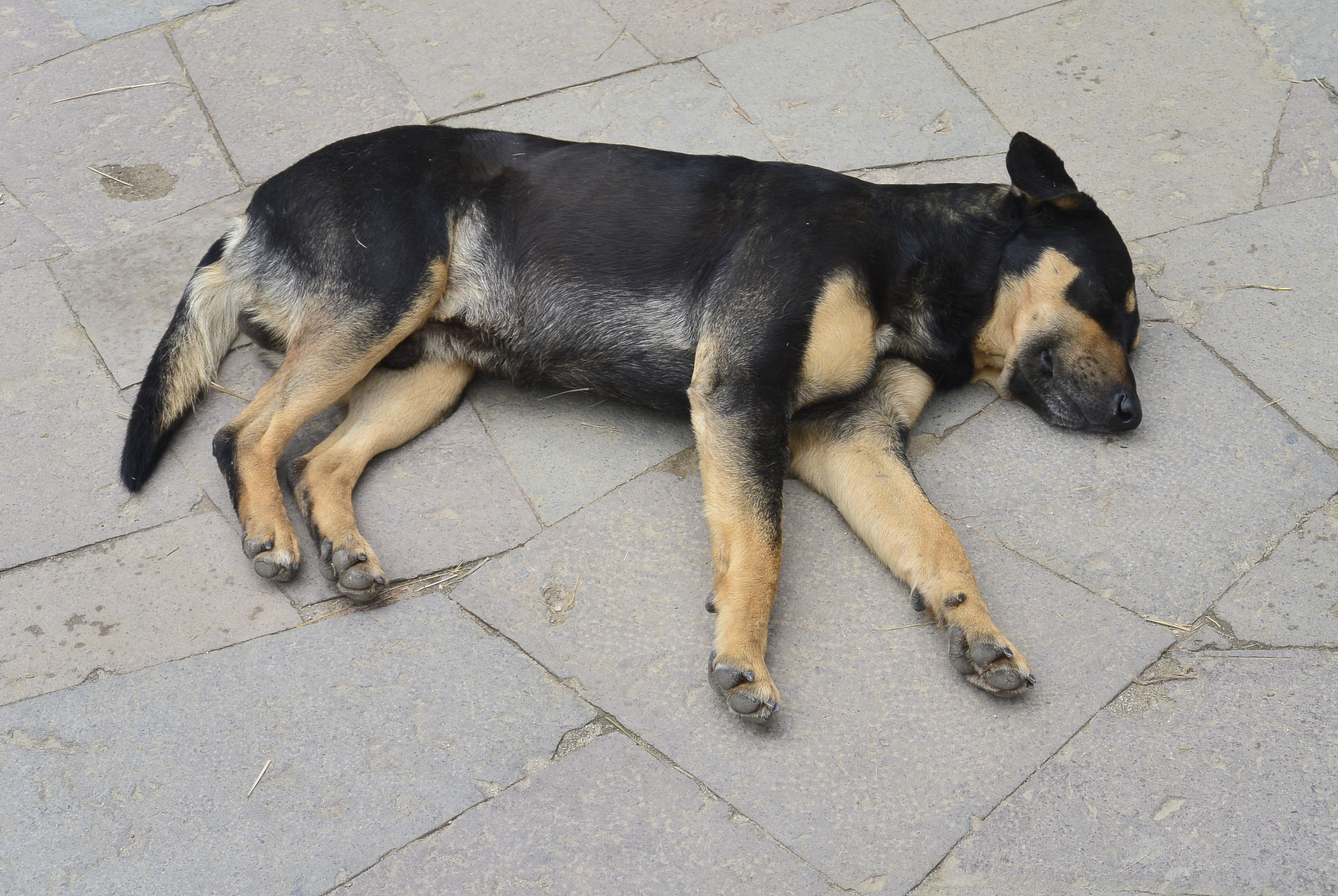
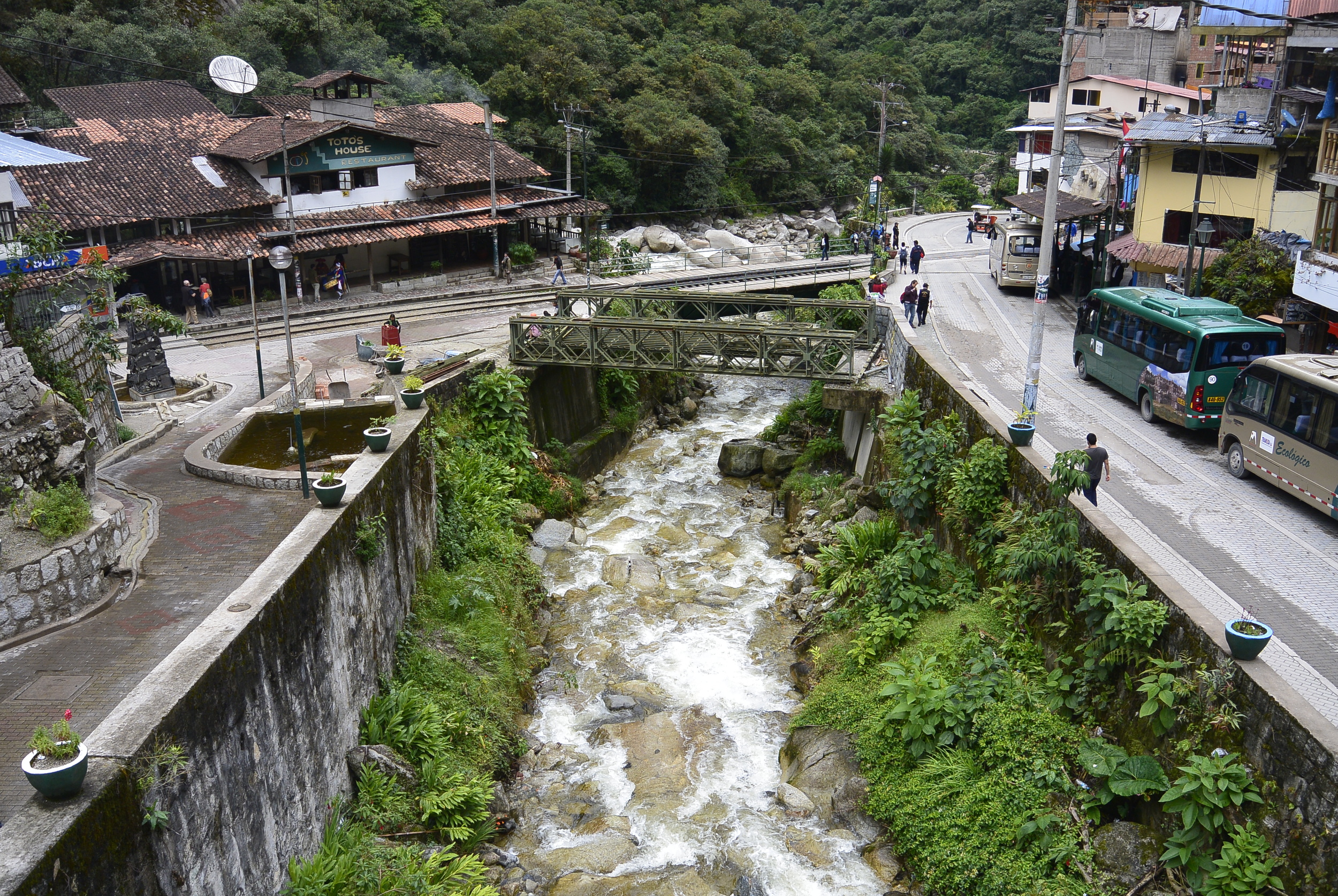
From Aguas Calientes my parents were driven up the steep road (approximately six kilometers) to Machu Picchu by bus. Machu Picchu lies more than 2000 meters above sea level on a mountain range in the Urubamba province.
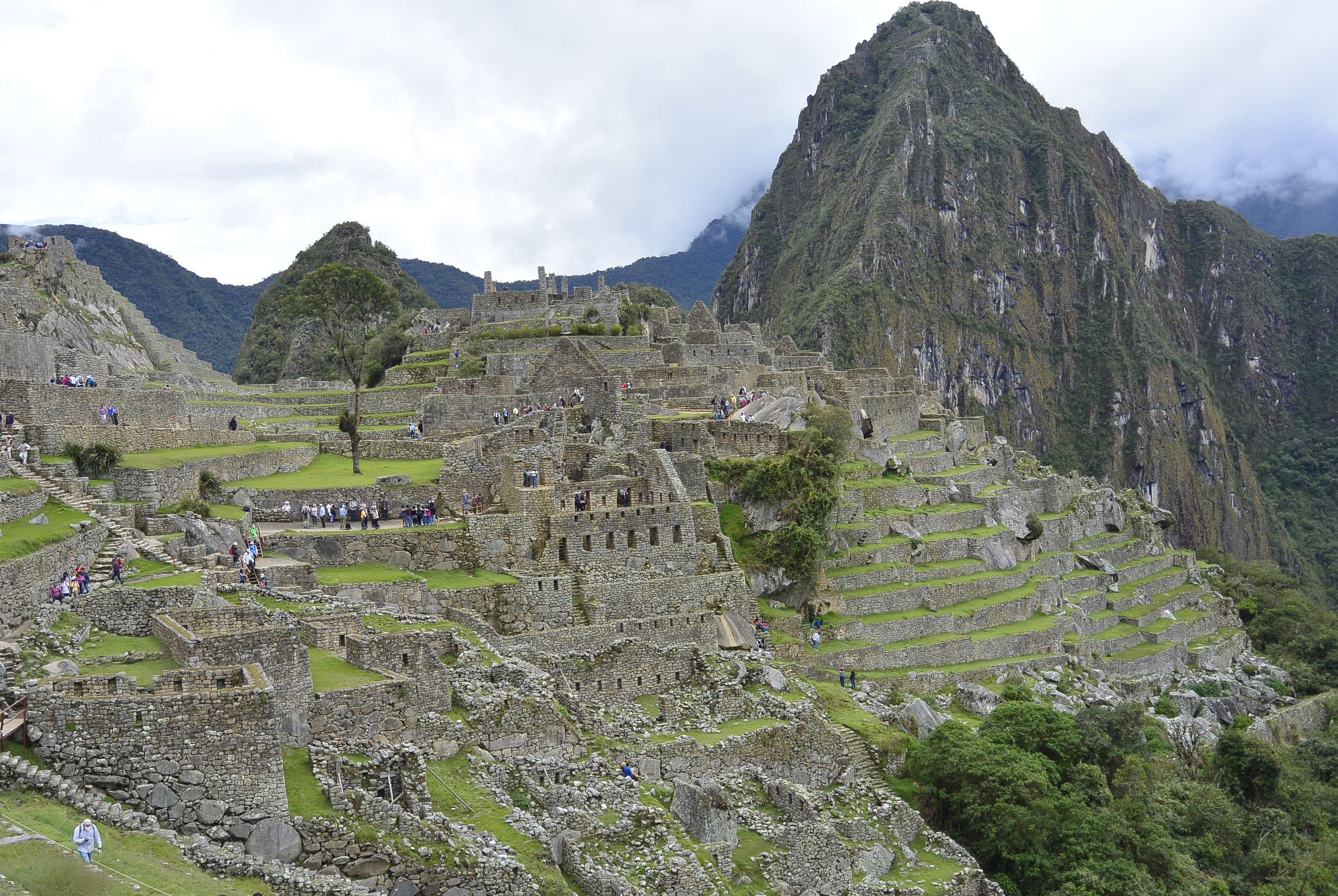
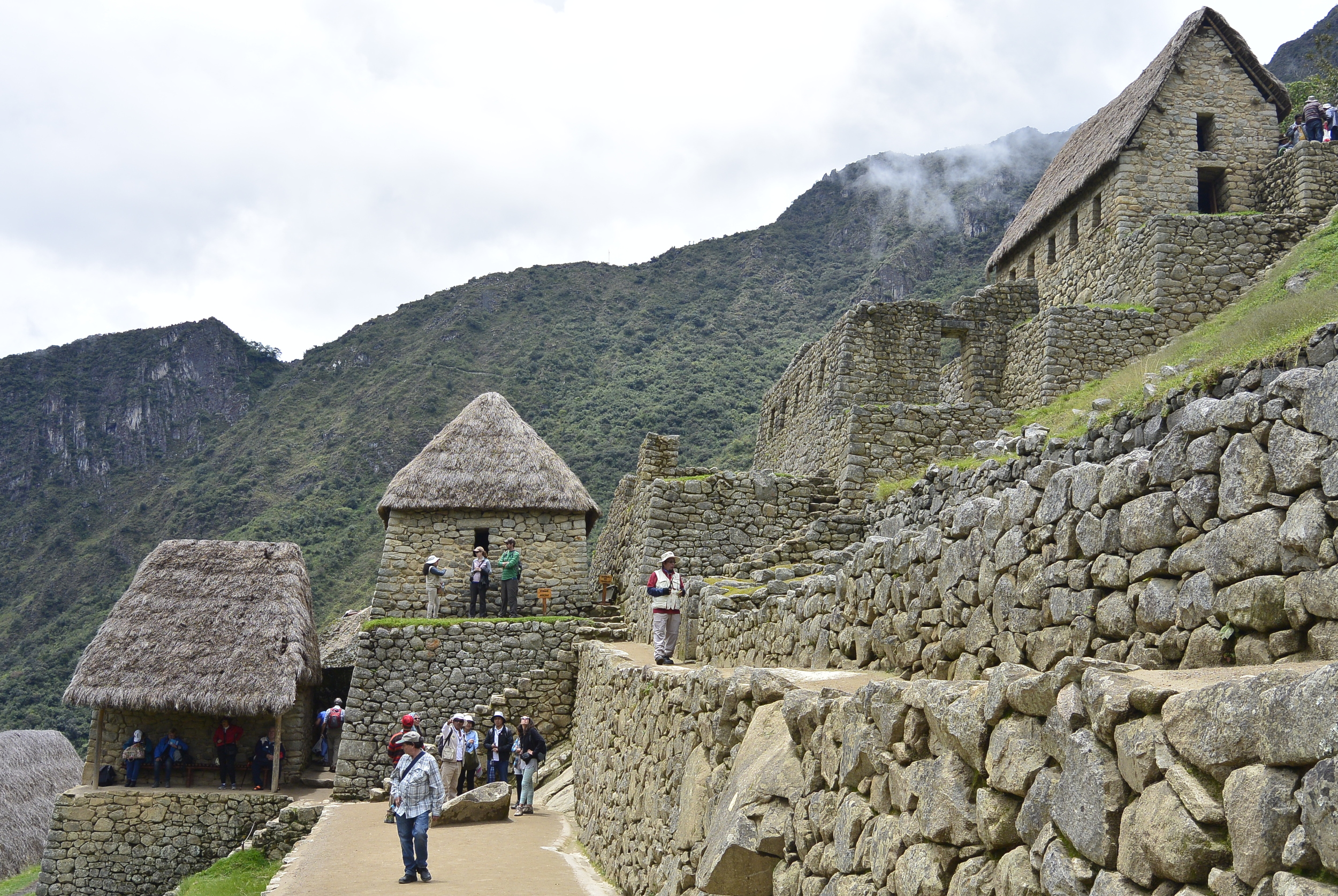

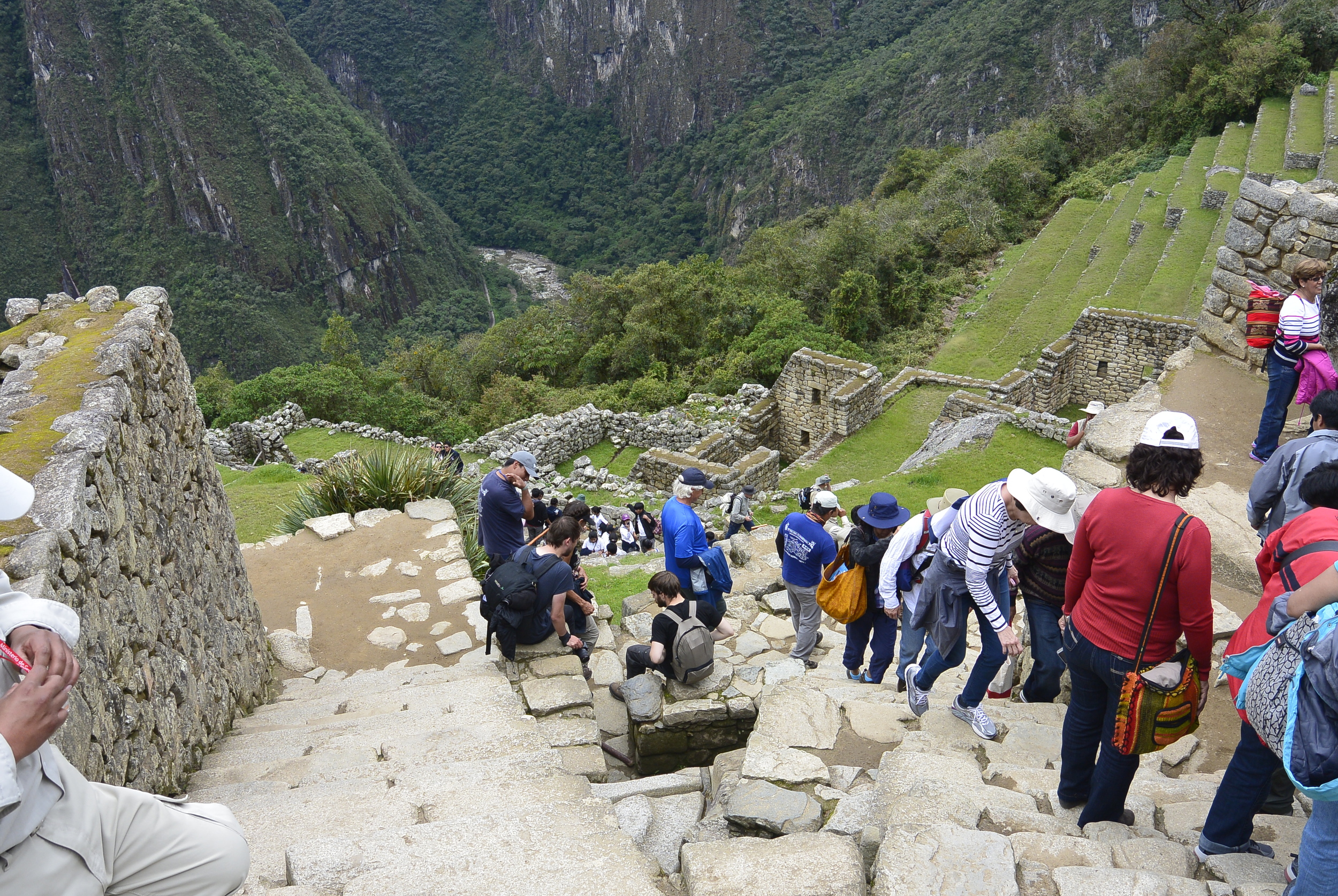
Machu Picchu was built around 1450. Some archaeologists believe that Machu Picchu was built as an estate for the Inca emperor Pachacuti (1438-1472). The Incas abandoned it a century later because of the Spanish conquest of Peru. It was unknown to much of the world before being brought to international attention in 1911 by the American historian Hiram Bingham. Machu Picchu is now the largest tourist attraction in South America.
Although the ruins were swarming with tourists, surprisingly my mum managed to take some pictures without people. I think that from a bird’s eye view Machu Picchu would look like a giant anthill!
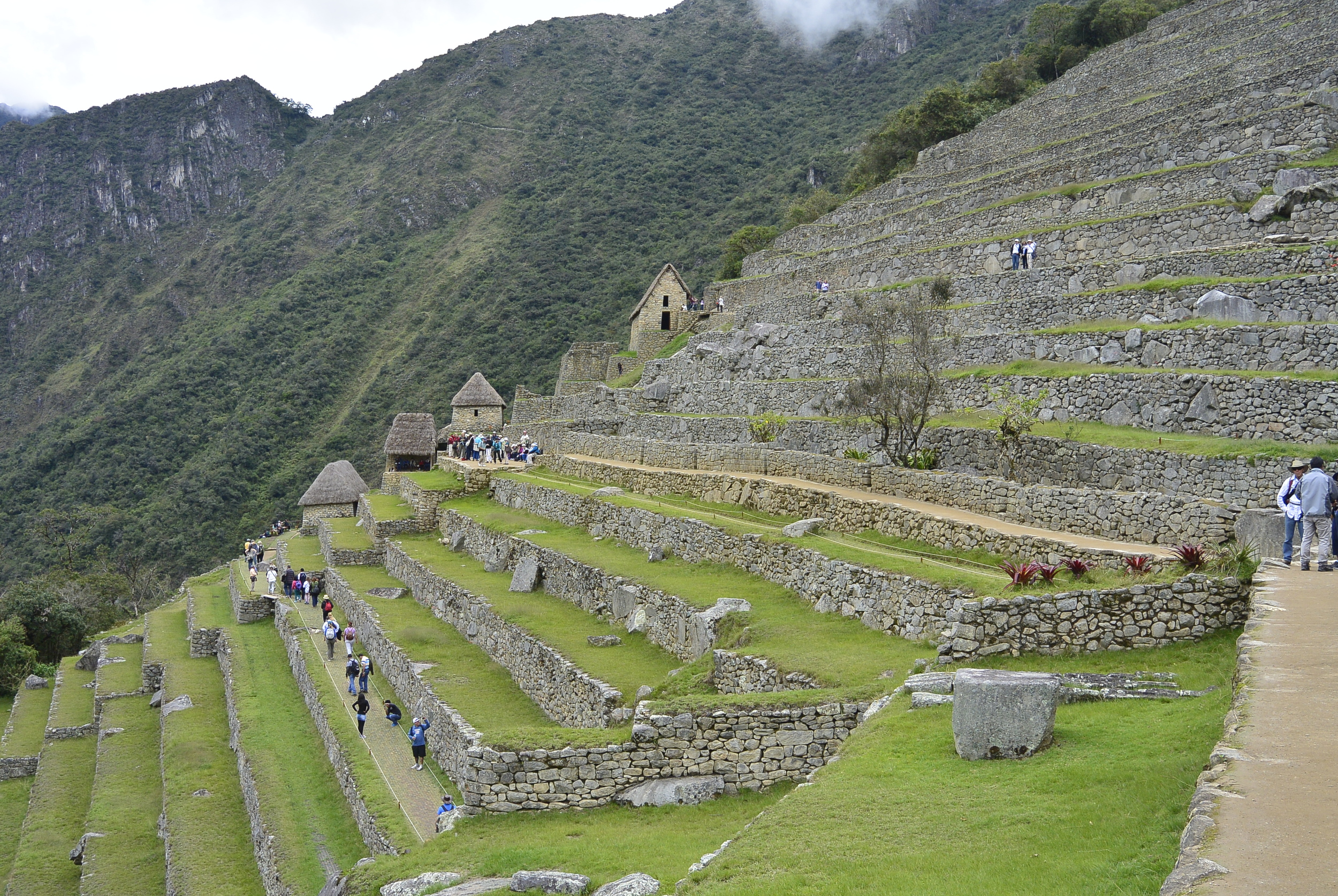
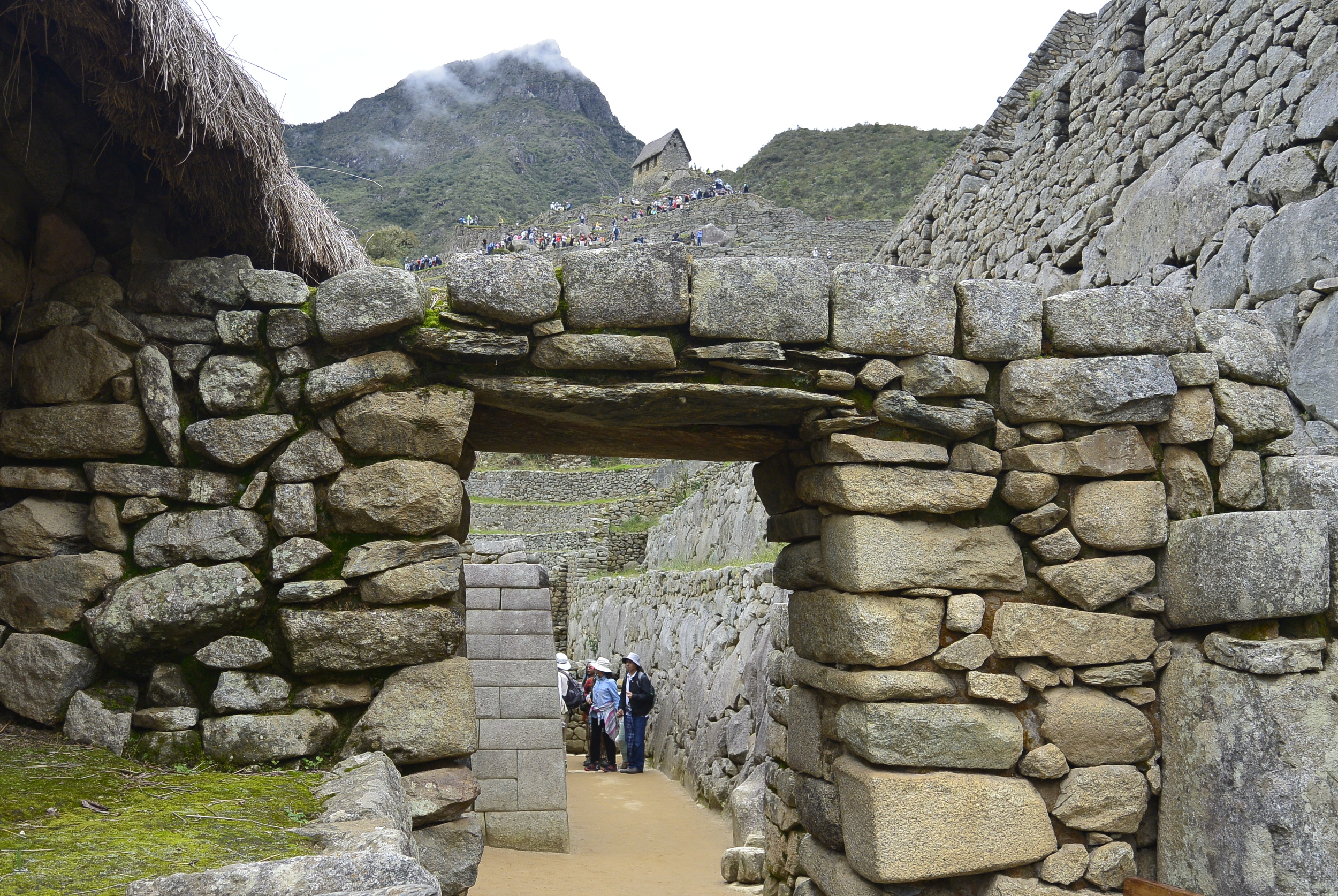
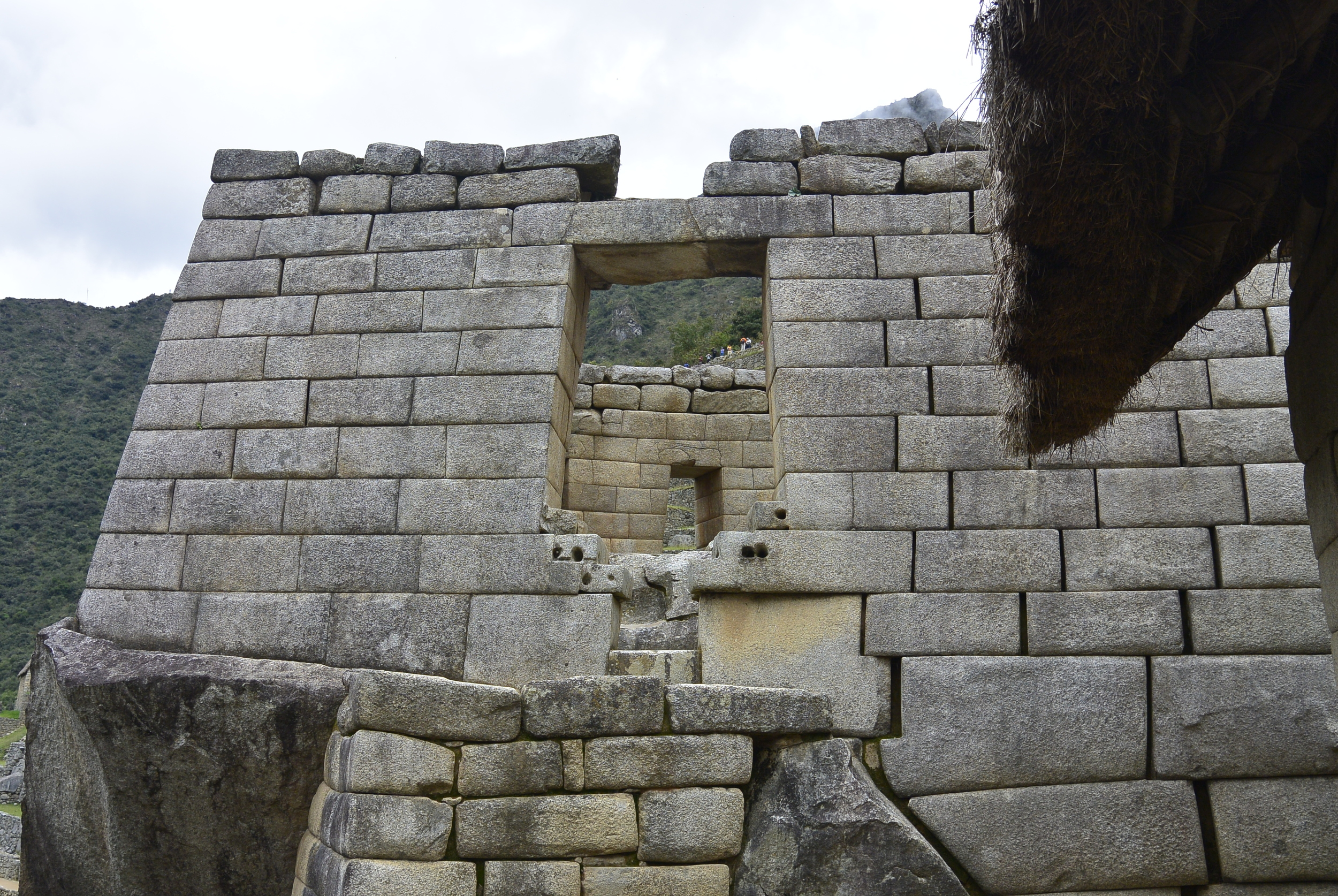

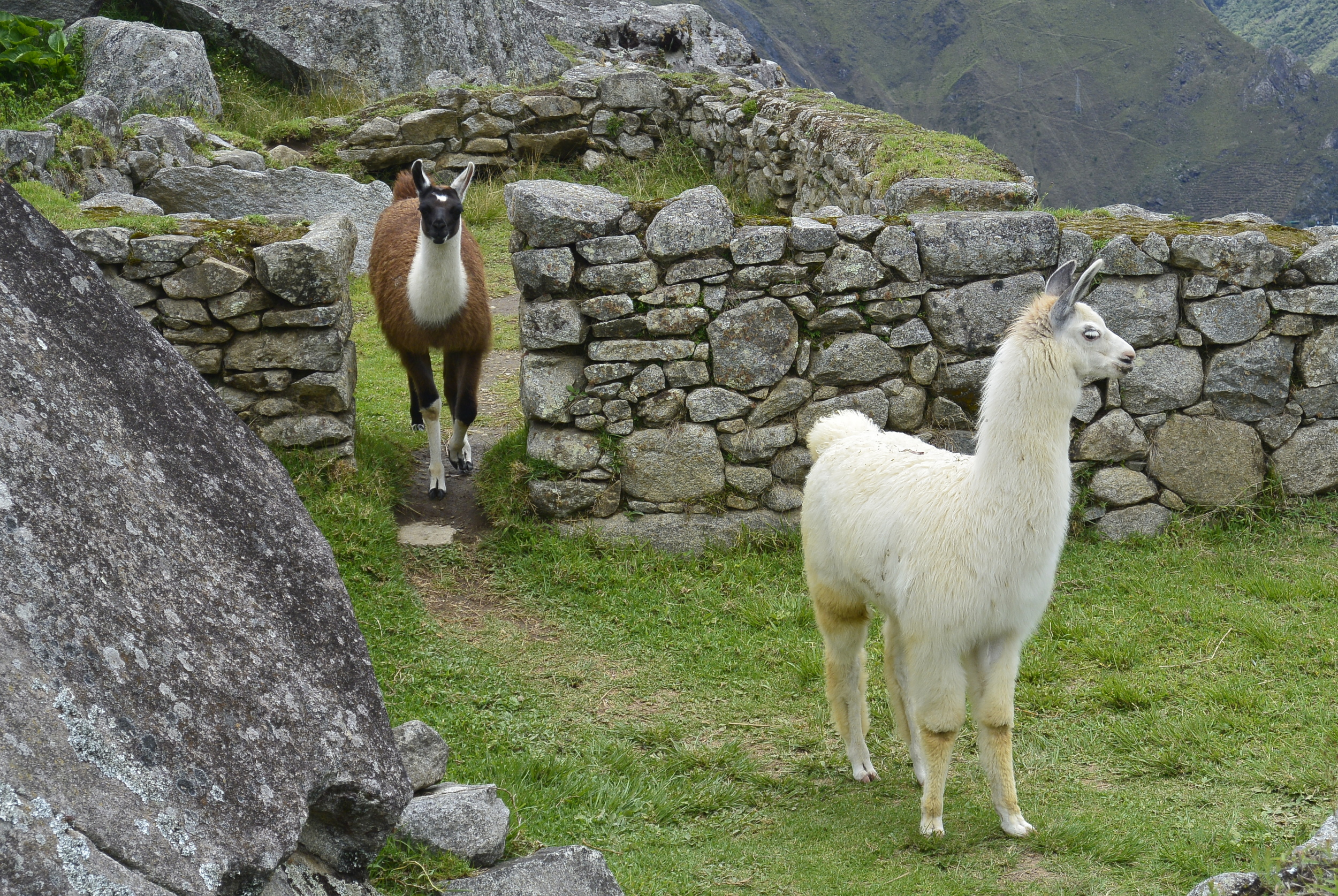
The llamas living in and around Machu Picchu have grown accustomed to having many people around and are very friendly.

Most scientists and researchers believe that the Incas used a stone quarry nearby to gather the stones needed to build Machu Picchu. The Incas were masters of stone masonry, specifically the technique known as ashlar. They used blocks of stone which were fit tightly together and didn't require any mortar. A theory suggests that the stones were rolled up wooden beams. There has been no evidence that the Incas used any iron tools, the wheel or draft animals.
There are plenty of conspiracy theories that suggest Machu Picchu was built by aliens! The original purpose of Machu Picchu is still unknown. Since the Incas had no written language or records, archaeologists have been trying to piece together the puzzle since the discovery of the site.

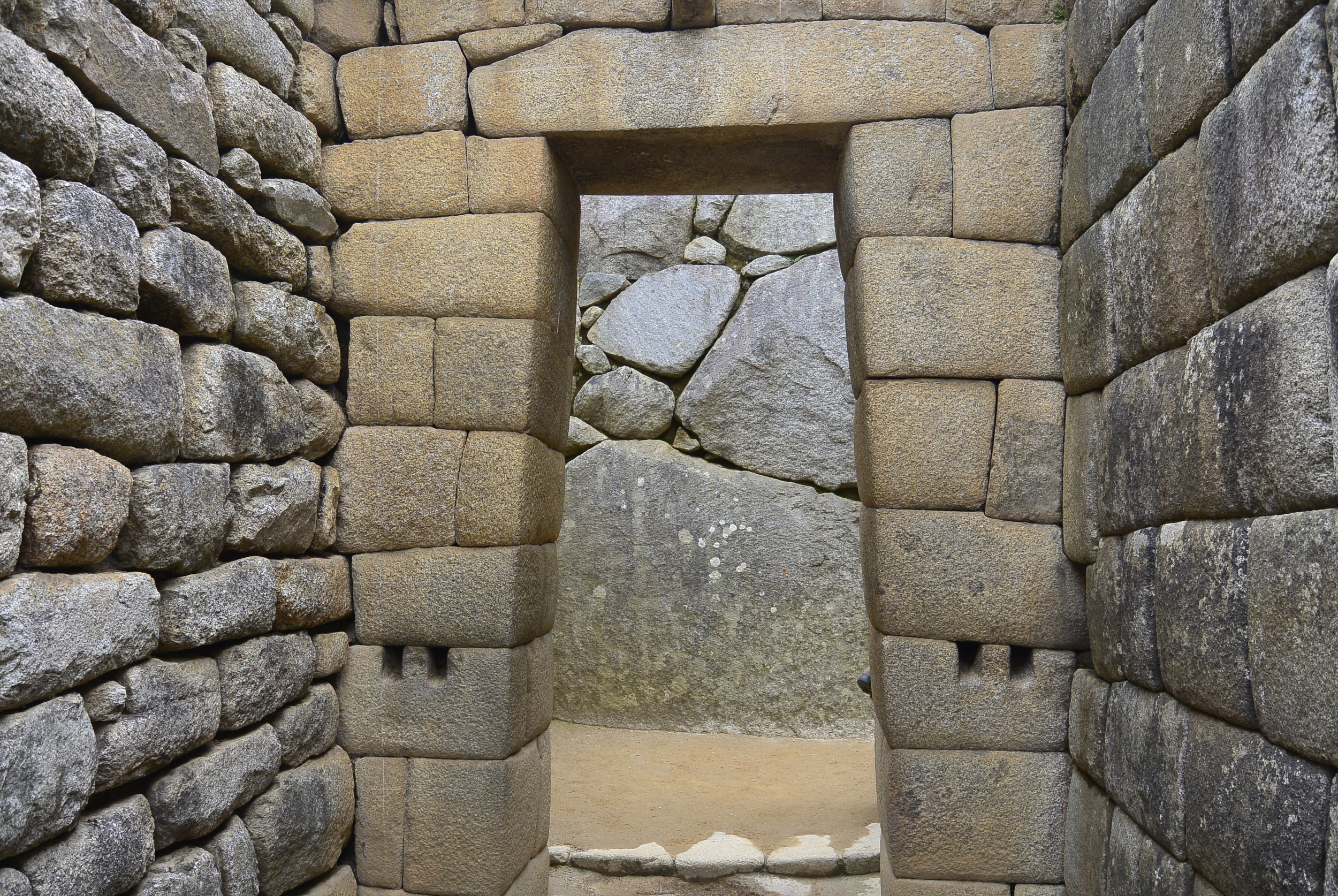

Stairs, stairs, stairs and more stairs in Machu Picchu!
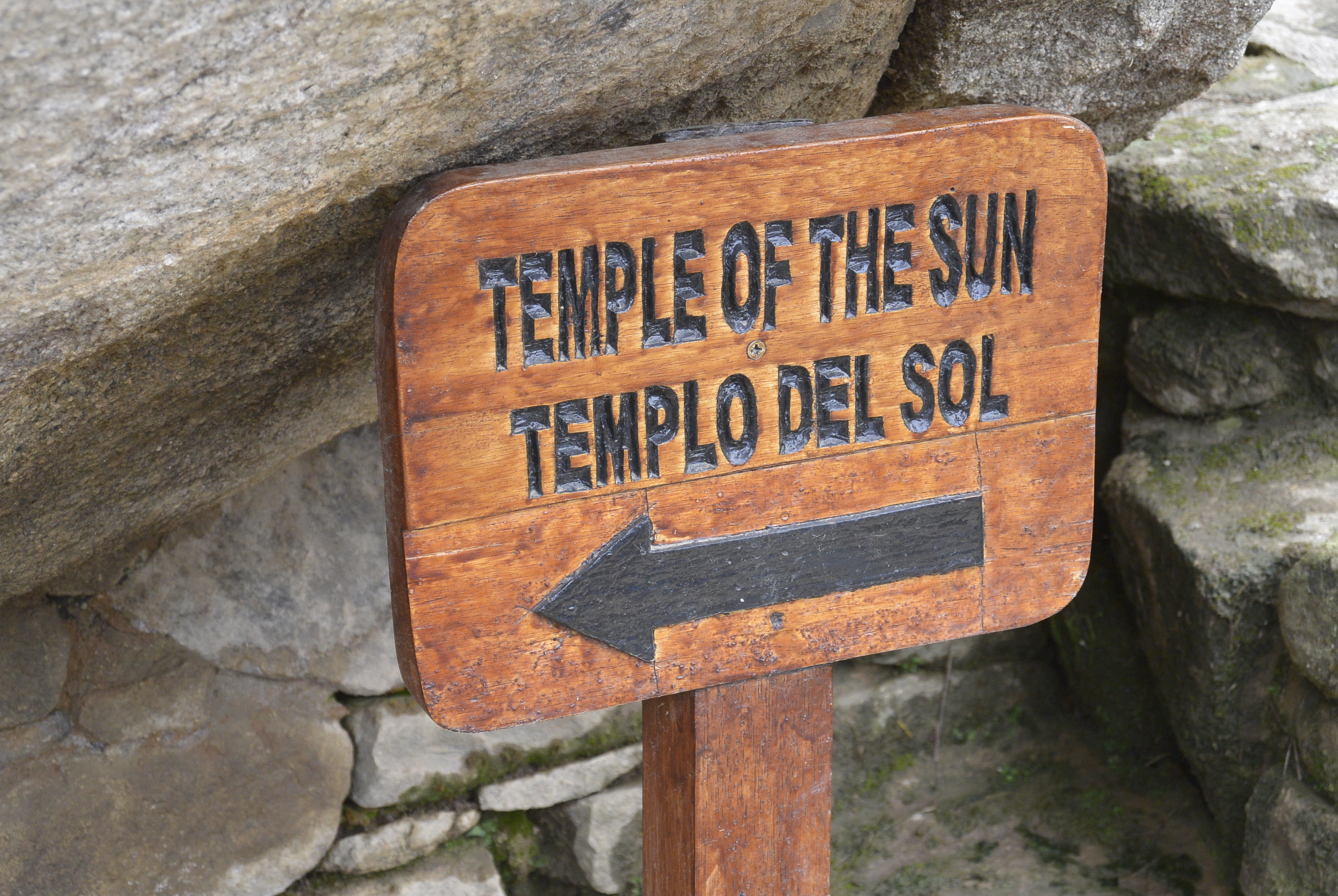


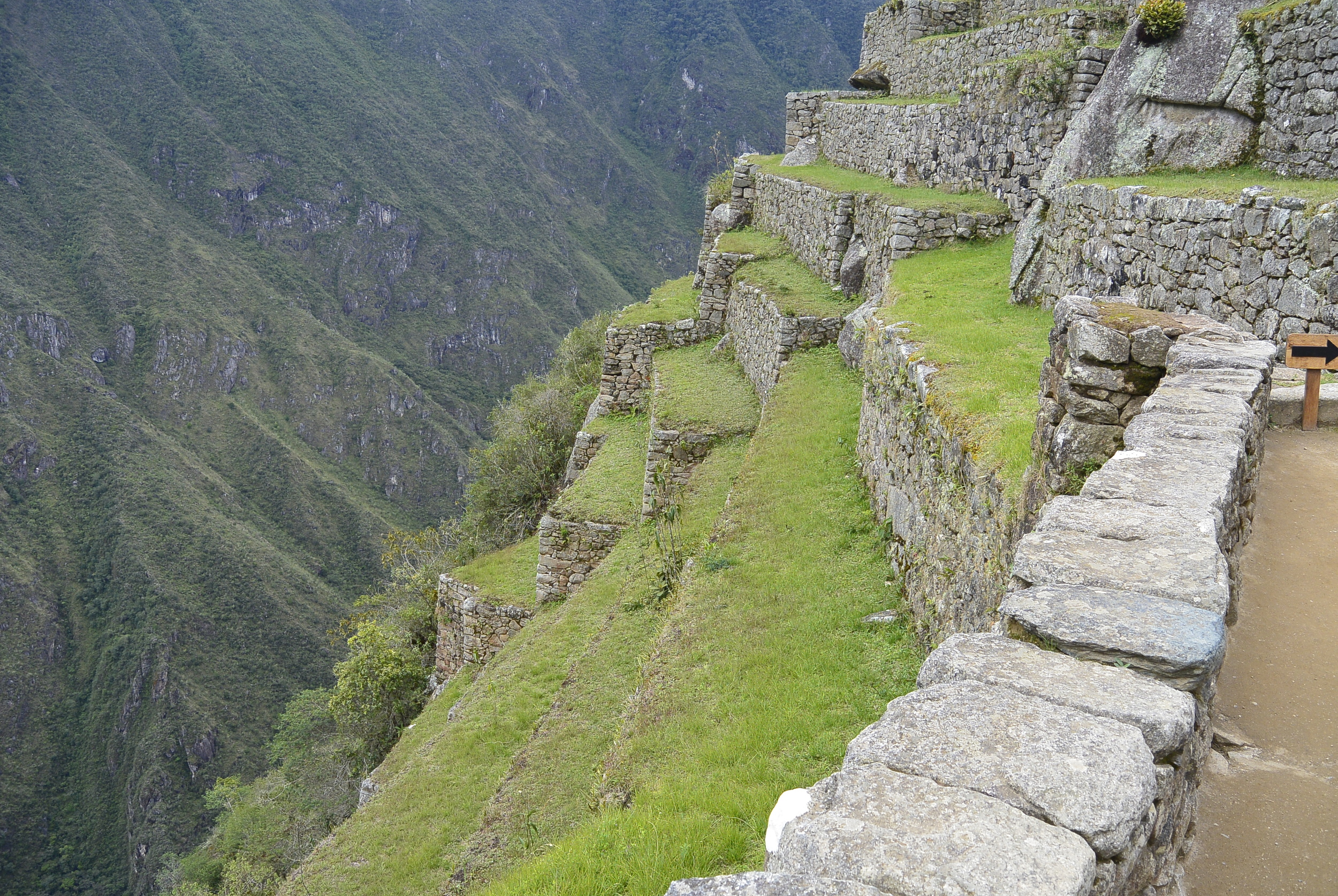
Agricultural terraces were used to contain soil erosion, provide protection against landslides, and drain water from the rain. The hillsides leading to Machu Picchu were also terraced not only to provide more farmland to grow crops but to steepen the slopes which invaders would have to ascend.
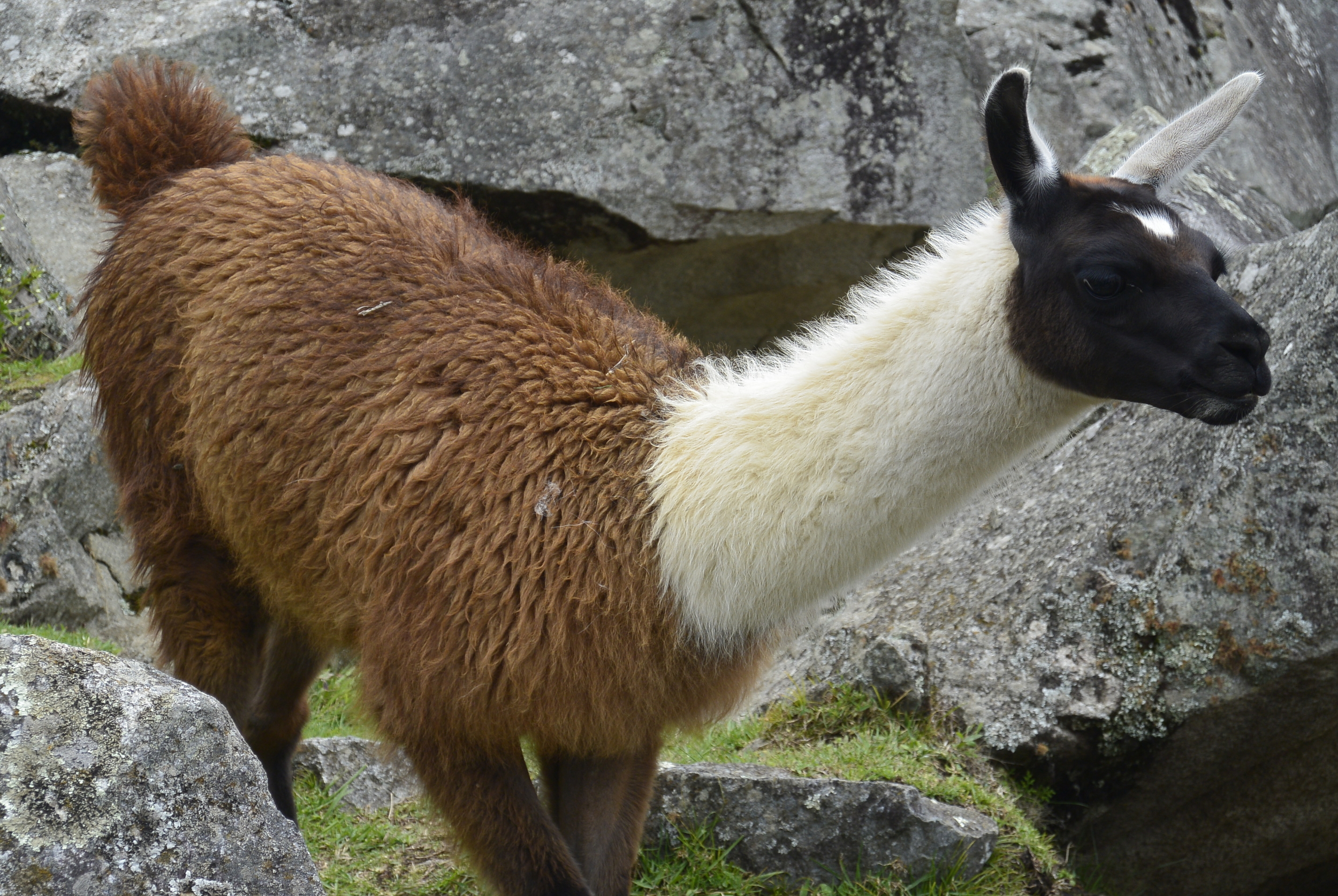
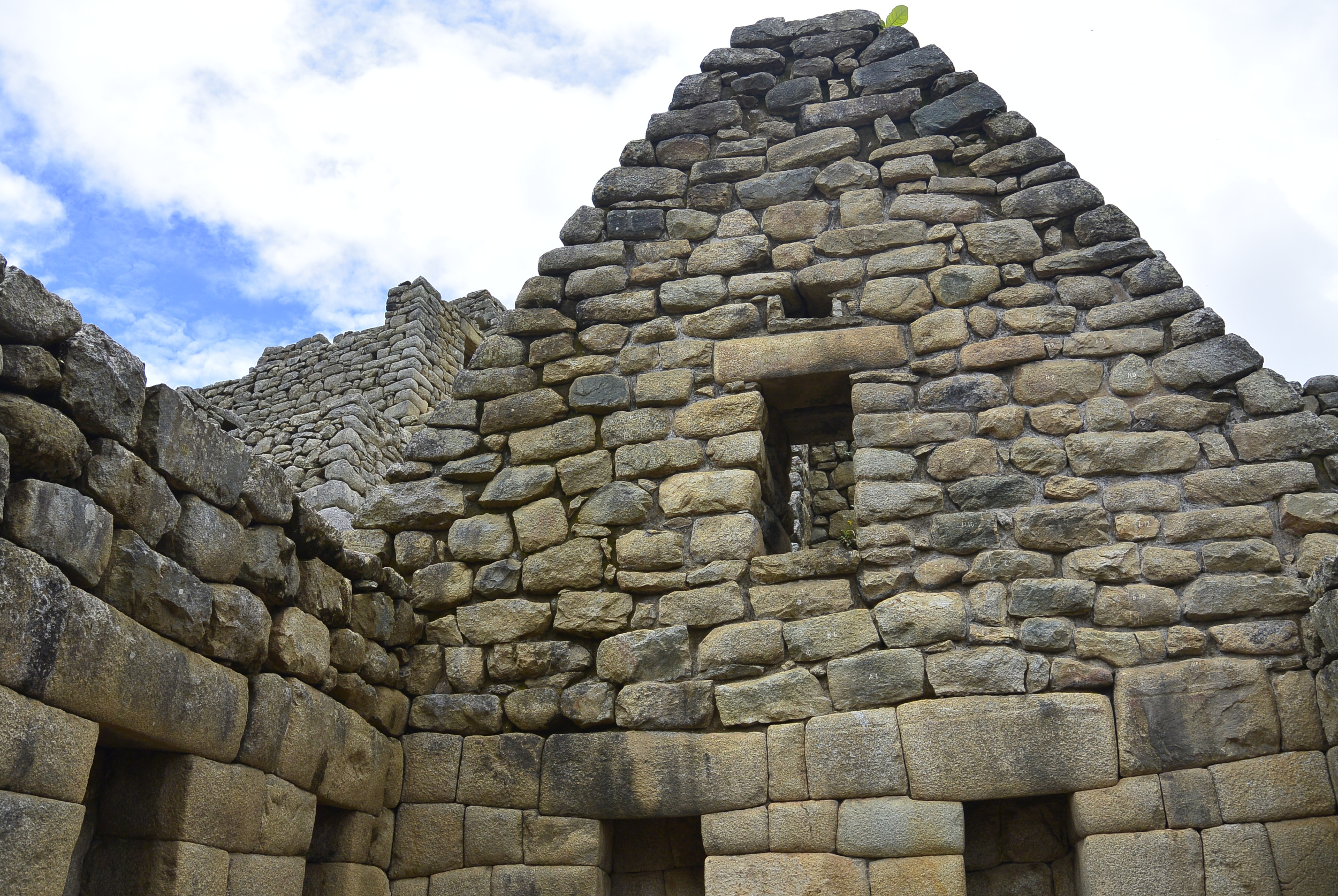



After visiting Machu Picchu, my parents made their way back to Cusco. From there they flew to the next cruise port, Callao, to re-embark the ship.
